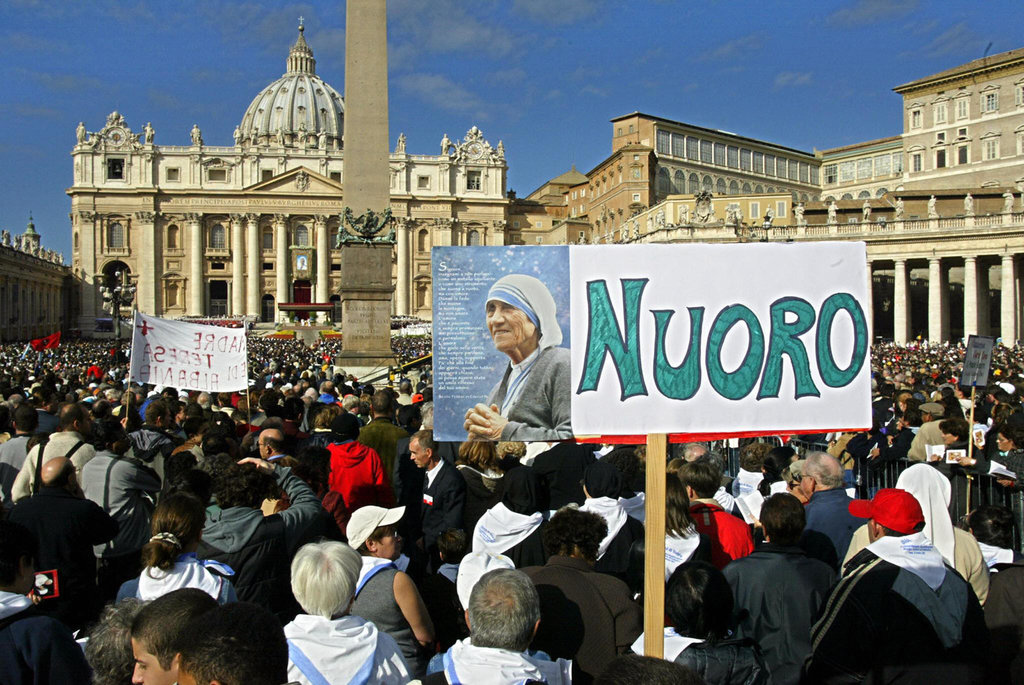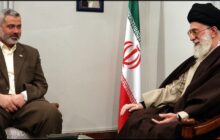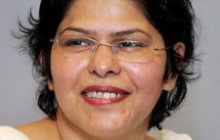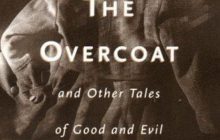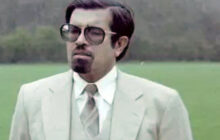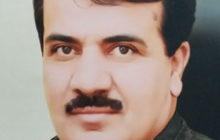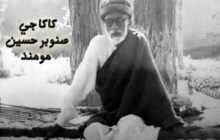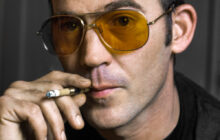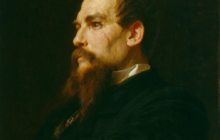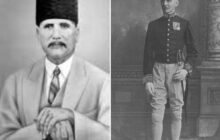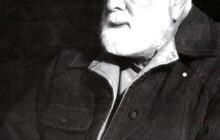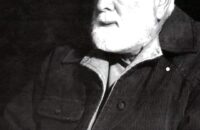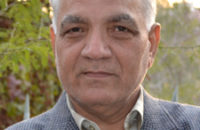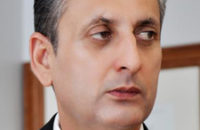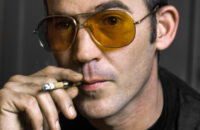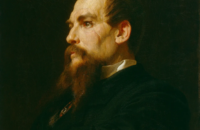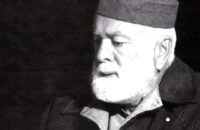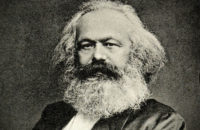By ELISABETTA POVOLEDO
VATICAN CITY — She was known throughout the world as Mother Teresa, considered a saint by many for her charitable work among the poorest of the world’s poor. On Sunday morning, Pope Francis officially bestowed that title at her canonization ceremony in St. Peter’s Square.
“I think, perhaps, we may have some difficulty in calling her St. Teresa: Her holiness is so near to us, so tender and so fruitful, that we continue to spontaneously call her Mother Teresa,” the pope said in off-the-cuff remarks during his homily.
It was a festive atmosphere at the Vatican, under a broiling summer sun, and several flags fluttered in the light breeze: from Albania, representing the Roman Catholic nun’s ethnic origins; from Macedonia, to note her birthplace, Skopje; from India, where she spent most of her life, working in the slums of Kolkata; and from the many other countries where her humility and selflessness touched countless lives.
When Francis proclaimed her St. Teresa at the end of the formal ceremony, in Latin, the crowd erupted in sustained applause.
“We are proud of her, all of India is proud,” said Marina Borneo Sam, who traveled from Kolkata with her mother to be at the ceremony. “She may no longer be there, but we still feel her spirit around us.”
For some, Mother Teresa’s saintliness was so evident from the start that her canonization was just a formality.
“For me, nothing has changed,” said Giovanna Tommasi, a lay member of the Missionaries of Charity, the religious order founded by Mother Teresa in 1950. “When you were fortunate enough to know her, as I did, then today’s celebration doesn’t change much.”
The canonization was a highlight of the Jubilee year, which the pope had proclaimed to celebrate the theme of mercy, and on Sunday he called Mother Teresa a “tireless worker of mercy.”
His homily was primarily addressed to volunteer workers celebrating the Jubilee. “Today, I pass on this emblematic figure of womanhood and of consecrated life to the whole world of volunteers: May she be your model of holiness,” Francis said.
He also praised her “defense of human life, those unborn and those abandoned and discarded,” emphasizing her relentless petitioning against abortion.
Mother Teresa earned fame and accolades over a lifetime spent working with the poor and the sick, and with orphans, lepers and AIDS patients.
She made the cover of Time magazine in December 1975 for an article that acknowledged her as one of the world’s “living saints.” When told that she had won the Nobel Peace Prize in 1979, she said, “I am unworthy.”
A portrait of Mother Teresa, described by Pope John Paul II as an “icon of the good Samaritan,” was displayed on the facade of St. Peter’s Basilica and showing her in her distinctive blue-trimmed white sari. The portrait was commissioned by the Knights of Columbus and painted by Chas Fagan, an American artist.
Because of her celebrity, she stepped where many religious figures do not. “She made her voice heard before the powers of this world, so that they might recognize their guilt for the crime of poverty they created,” the pope said on Sunday.
Mother Teresa’s supporters praise her selflessness and humility, noting that though she associated with royalty, government leaders and popes, she continued to live simply until her death, at age 87, in 1997.
“She was one with us,” Sister Mary Prema Pierick, the superior general of the Missionaries of Charity, said at a Vatican news conference on Friday. “She never wanted or accepted anything not common with all the sisters.”
The order that Mother Teresa started with 12 nuns now numbers more than 5,800 people in 139 countries, including two orders of brothers and one of priests. The congregation continues her work of ministering to the world’s least privileged, those she called “the poorest of the poor.”
Mother Teresa was “both mother and teacher,” Sister Prema said. “She lived the religious life with so much joy and enthusiasm that we all wanted to be close with her.”
Her gift, she added, was “to make everybody aware of their own responsibility,” and inspire people with the knowledge that “each one of us can make a difference.”
Mother Teresa was canonized 19 years after her death, remarkably fast for modern times.
John Paul II, who is now also a saint, went against protocol when he allowed the canonization process to begin two years after her death, not the customary five. He beatified her in 2003 after a miracle, the healing of a tumor-stricken woman, was attributed to her intercession.
A second miracle, recognized by Francis last year, opened the way to sanctity.
“I am very grateful for this miracle,” said Marcilio Haddad Andrino, a Brazilian who recovered from a life-threatening brain infection in 2008 after his family prayed to Mother Teresa. Mr. Andrino came to Rome for the ceremony and was present at the Vatican news conference.
“The merciful Lord looks at us all without any distinction,” Mr. Andrino said. “Maybe it was me this time, but maybe tomorrow it will be someone else.”
Mother Teresa, for all her acclaim, was not without critics. Some have questioned the hygiene and medical standards adopted by the sisters in some of the shelters and clinics run by the Missionaries of Charity. Others, like Dr. Aroup Chatterjee, have criticized what they call a “cult of suffering” that was prevalent in some of the homes run by the order.
In a book, and in the documentary “Hell’s Angel,” the author and essayistChristopher Hitchens accused Mother Teresa of being an “ally of the status quo,” also calling her a “zealot” and a “fanatic.” Mr. Hitchens charged that instead of empowering the poor to seek a better future, she instilled the idea that their condition was permanent.
Her campaigns against birth control and abortion, which she once called “the greatest destroyer of peace today,” angered feminists and raised concerns with aid organizations.
Some doctors and officials in India have also challenged the narrative of Monica Besra, the woman said to have benefited from Mother Teresa’s first miraculous intervention, saying Ms. Besra had been suffering from a cyst, not a tumor.
Mother Teresa was born Agnes Gonxhe Bojaxhiu in 1910 to Albanian parents in Skopje, then part of the Ottoman Empire and now the capital of Macedonia. Today, she is regarded as the city’s most important native, and celebrations for her canonization will be held there for a week.
“Skopje and the citizens of Skopje will use this opportunity to thank the saint Mother Teresa and to continue on the path that she unselfishly showed us — the path toward understanding, compassion and love,” saidKoce Trajanovski, the mayor of Skopje, where streets and clinics are named for her. A memorial in her honor has attracted more than 700,000 visitors over the last five years.
The canonization was broadcast live on the Vatican’s television station and streamed online through a Vatican website. It was presented on Vatican Radio in seven languages, including Albanian.
Tens of thousands of people gathered at St. Peter’s Square on Sunday, along with 15 official government delegations, including representatives of India and the United States. The chief Vatican spokesman, Greg Burke, said all 100,000 tickets that the Holy See had made available had been distributed.
At St. Patrick’s Cathedral in New York, Cardinal Timothy M. Dolan looked out at the crowd that had filled the pews and remarked, “I thought St. Patrick’s would be empty this morning, because when I was watching the Mass this morning, it looked like the whole Catholic world was in St. Peter’s Square.”
Mr. Burke recalled a visit to the Vatican press room that Mother Teresa made “many years ago.” “She’s not the only saint to have passed through here,” he said, “but there haven’t been many, I think.”
She is the perfect saint for the year of mercy, the Rev. Brian Kolodiejchuk, the superior general of the Missionary Fathers of Charity, one of the religious institutes founded by Mother Teresa, said on Friday.
Mother Teresa was “so aware of her need for mercy before God. She was very much at home with her own poverty,” added Father Kolodiejchuk, the chief promoter of her case for sainthood. “This Year of Mercy is first of all a reminder to all of us that before God we all stand in need of mercy; so in this we are all poor.”
Aleksandar Dimishkovski contributed reporting from Skopje, Macedonia, and Liz Robbins from New York.

